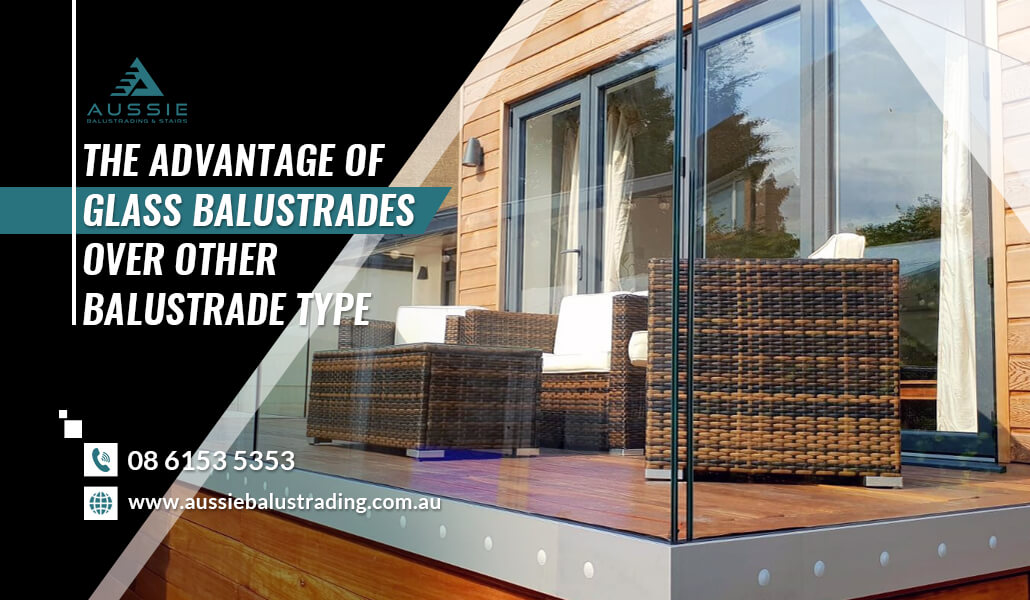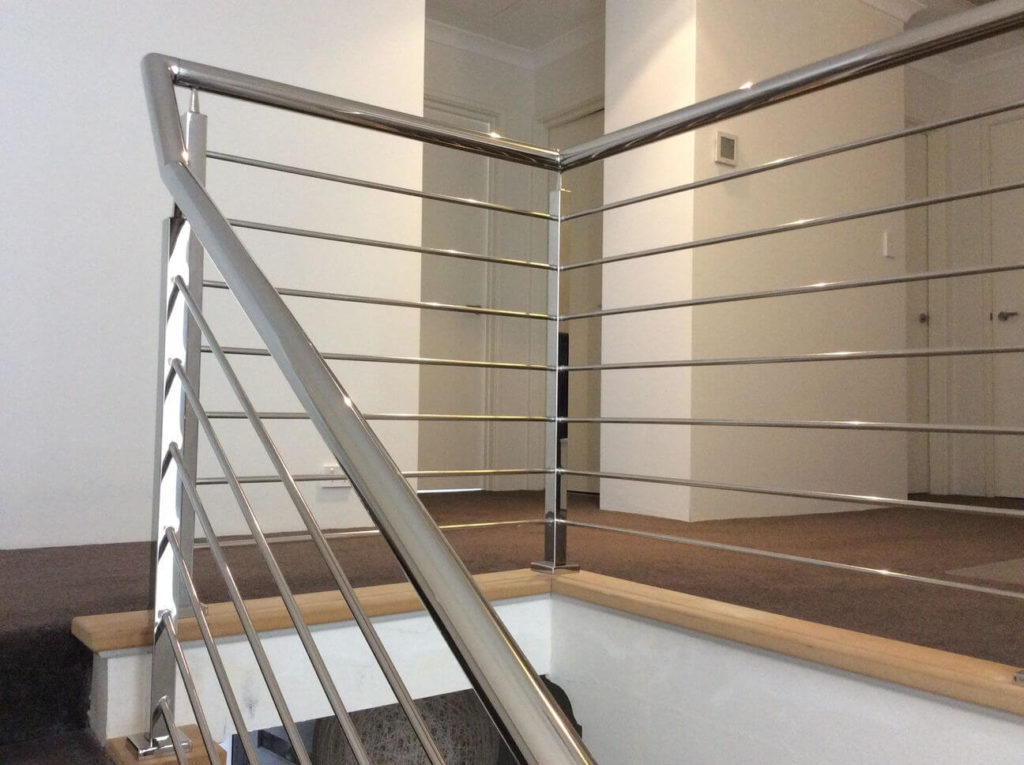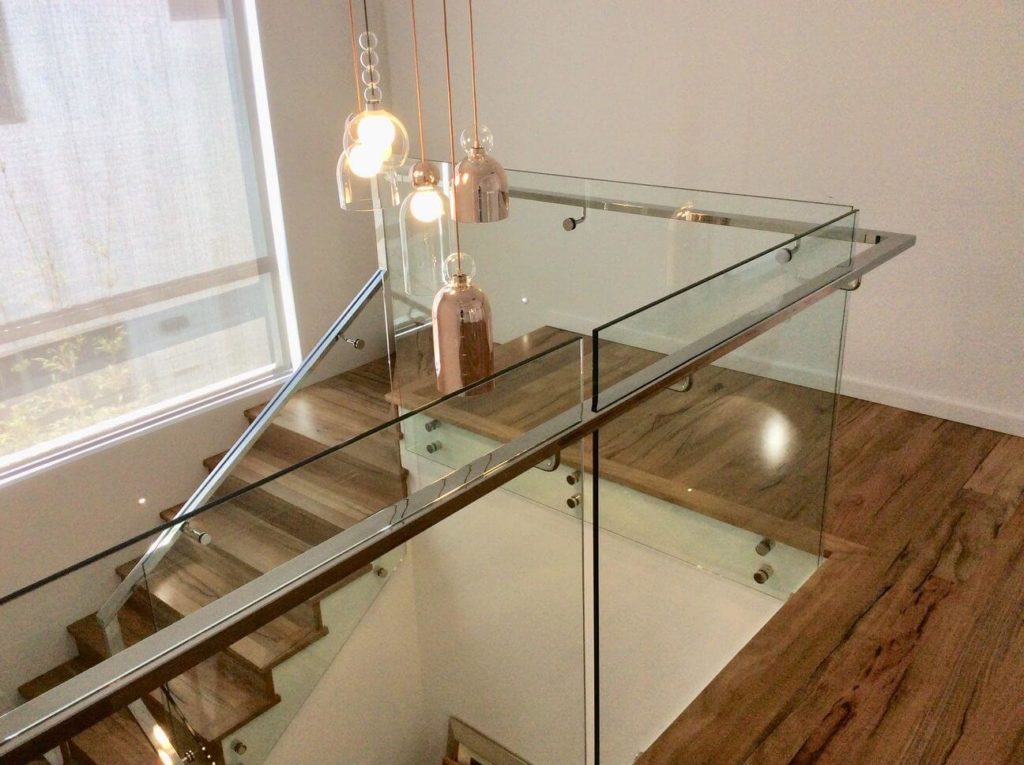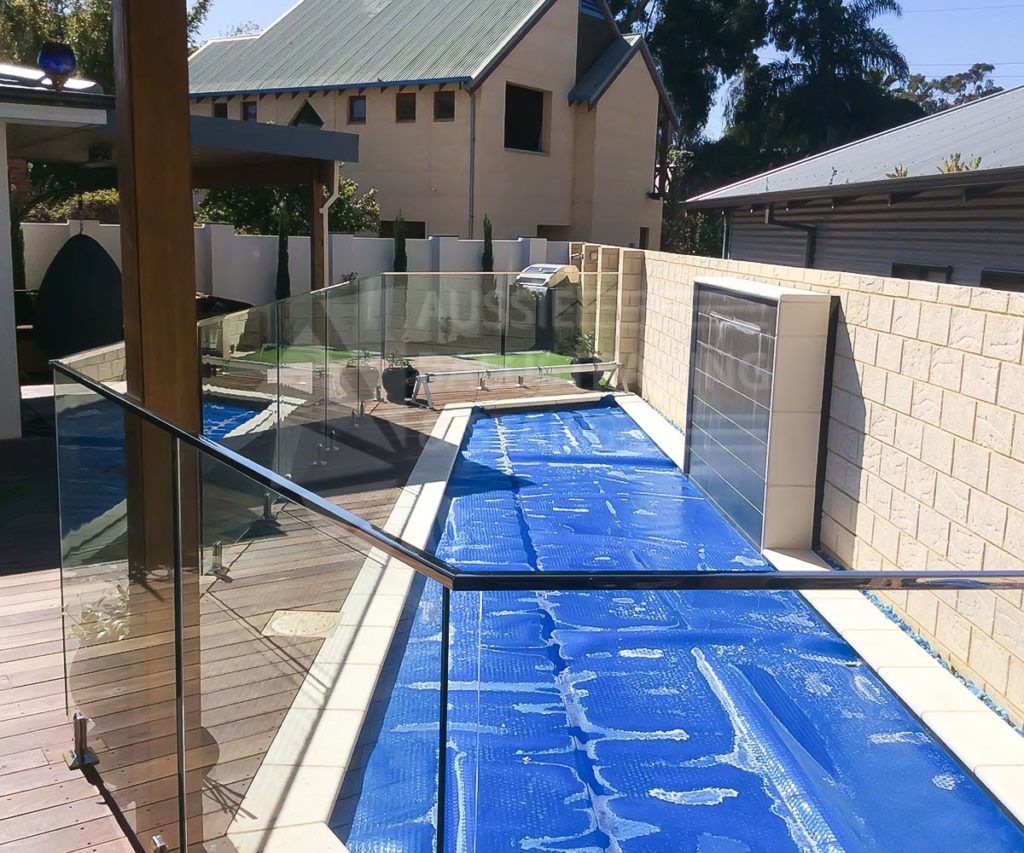Balustrading is a way to up the safety level of your ledges, stairs, and decking. While these barriers provide a layer of protection against falls and other untoward incidents, there are some instances where a handrail is needed. One common question is: When does a balustrade need a handrail?
If you are one who needs to know the answer to this question, this blog post is for you! The key to knowing if a handrail is needed for a balustrade or not is to understand the regulations that govern handrails. Read on to get everything you need to know on this subject.
Regulations for Continuous Handrails of Balustrades
Although adding a balustrade may seem like a straightforward task, it is important to be familiar with the regulations that govern the addition of balustrades and handrails. Here is a list of what those regulations are so you will know to comply with them.
1 – They must be positioned between 865 and 1000mm above the pitch line.
This imaginary line runs along the leading edge or nosings of successive stairs. Meeting this requirement will provide an extra layer of safety to your balustrade. This is the general rule that applies to handrails put in place where a balustrade is already installed.
2 – Handrails must be continuous on each flight of stairs.
Although this is true, handrails will not be required for landings. However, there is an exception to this rule if you are trying to be compliant with the Disability Discrimination Act (DDA). In terms of circular handrails, their external diameter needs to be between 30mm and 65mm.
3 – Rectangular handrails cannot be DDA Compliant.
Keep in mind that there are specific dimensions and specifications that will go into building handrails that are to comply with Disability Discrimination Act (DDA) regulations. Regular handrails cannot be DDA compliant. For circular handrails to be DDA compliant, they must be no larger than 50mm. For more information on handrails that meet the specific requirements for DDA, refer to AS/NZS 1428. Referring to these specifications will ensure that your handrails will be able to provide safety for people with or without disabilities alike.
4 – Handrails need to have a minimum hand clearance of 50mm.
This requirement is meant to allow unrestricted movement of the user’s hand along its upper surface. It will help people get a steady grip on the handrail, should the need ever arise.
5 – They should not have any sharp edges.
Handrails should not have any sharp edges, for obvious safety reasons. Since handrails are made to produce an extra layer of protection to your balustrade, they should not have any features that may inadvertently cause injury to the user.
Conclusion
In a nutshell, a handrail will usually be placed to increase the safety of the balustrade. They should be made by reliable balustrade and handrail companies to ensure that the regulations and industry standards are met. The professionals who work at balustrade and handrail manufacturing know what the specifications should look like and will provide tips to help make your build successful and in line with regulatory requirements.
Whether you are needing balustrading or high-quality handrails, you will always find what you need at Aussie Balustrading and Stairs. We sell steel and stainless steel stairs, wireless balustrading, glass pool fencing, residential handrails, and commercial handrails. Get the best commercial handrails in Perth today!




